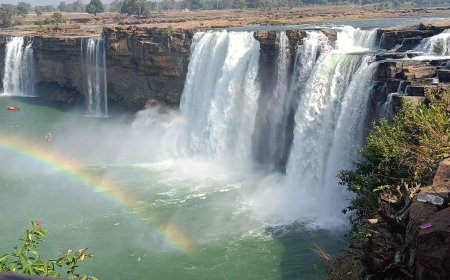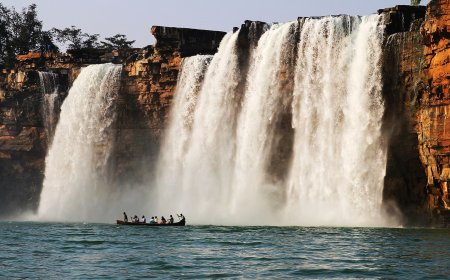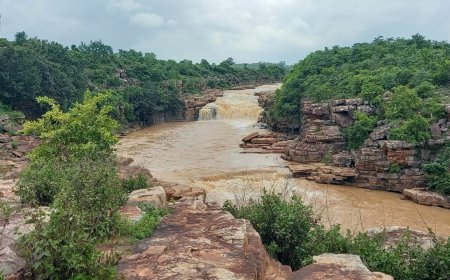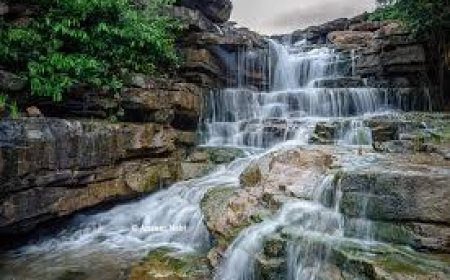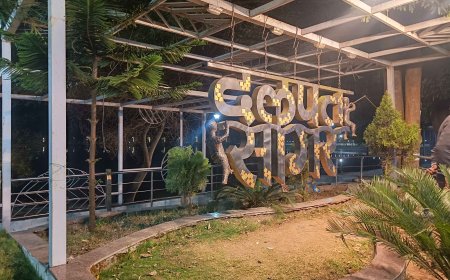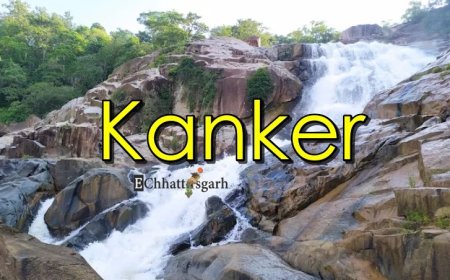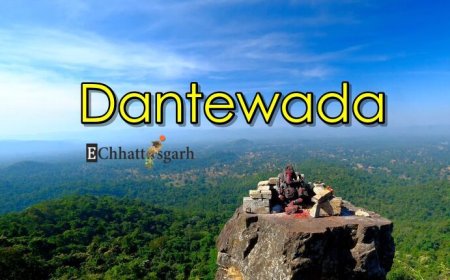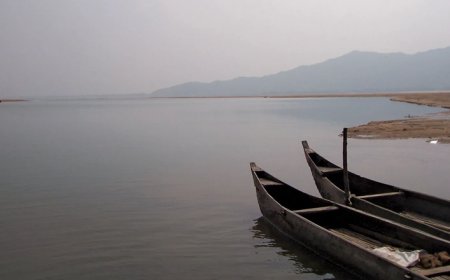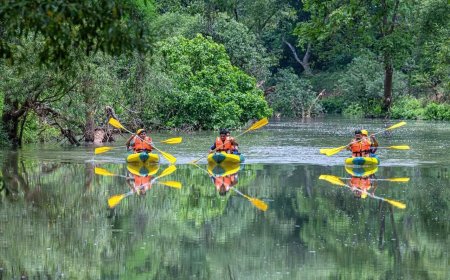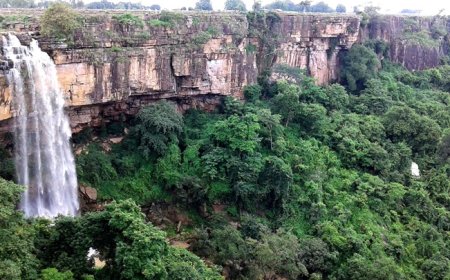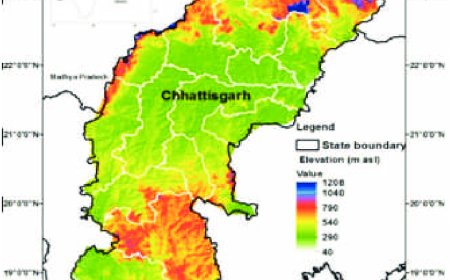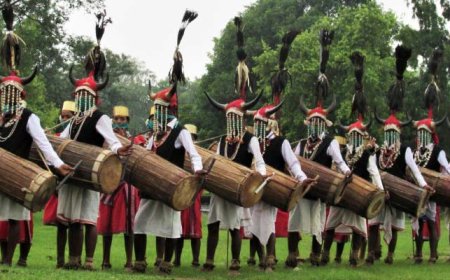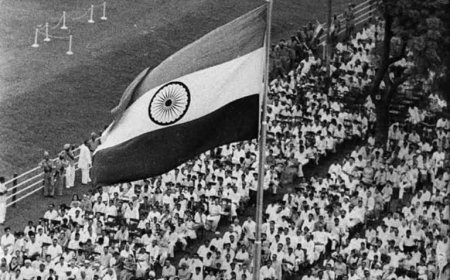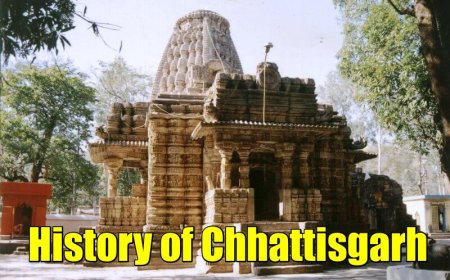Freedom Movement in Chhattisgarh
Freedom Movement in Chhattisgarh
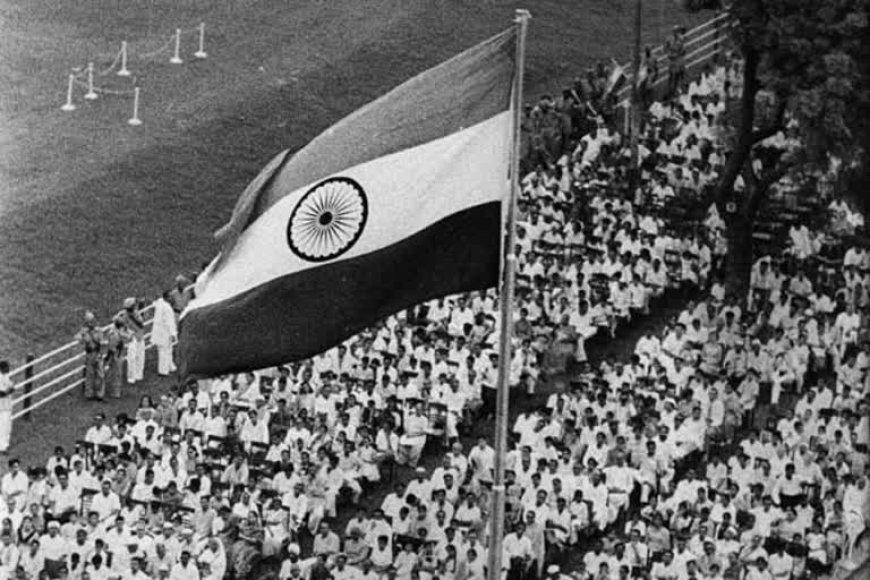
Freedom Movement in Chhattisgarh
The history of Chhattisgarh’s contribution to India’s freedom struggle is both inspiring and unique. Though it remained under indirect colonial control through the Central Provinces, the people of Chhattisgarh played a vital role in resisting British rule. From tribal uprisings to mass participation in the Gandhian movements, the spirit of self-rule and sacrifice remained strong in the region.
Early Resistance and Tribal Uprisings
Chhattisgarh, with its rich tribal population, witnessed several revolts against British exploitation and feudal oppression. These were some of the earliest sparks of freedom in the region:
-
Halba Rebellion (1774–1779): The Halba tribe of Bastar rose against the Maratha rulers of Nagpur, who had the support of the British. This was one of the earliest organized tribal revolts in the region.
-
Paralkot Revolt (1825): Led by Gend Singh, this revolt in the forests of Bastar was aimed against exploitative tax collection and foreign interference.
-
Bhopalpatnam Revolt (1795, 1818, 1842): A series of uprisings where local tribal leaders resisted British authority.
-
Koi Revolt (1859): Tribal leader Babu Rao Koi challenged British policies that destroyed traditional rights over forests and resources.
-
Veer Gundadhur (1910 Bastar Rebellion): Perhaps the most well-known tribal revolt in Chhattisgarh, when the tribals of Bastar, under Gundadhur’s leadership, revolted against unjust forest laws, forced labor, and heavy taxation.
These uprisings were significant because they were not just local struggles but also part of a broader rejection of British authority.
Participation in the National Freedom Movement
When the Indian National Congress began mobilizing the masses under Mahatma Gandhi, Chhattisgarh did not remain behind.
-
Non-Cooperation Movement (1920–22): Inspired by Gandhi, leaders like Pt. Sundarlal Sharma mobilized people against British institutions and promoted Swadeshi goods.
-
Civil Disobedience Movement (1930): The Salt Satyagraha found echoes in Chhattisgarh too. Volunteers boycotted foreign goods and refused to pay unjust taxes.
-
Quit India Movement (1942): This was the peak of national struggle in the region. Students, workers, and farmers participated in protests, strikes, and underground activities.
Prominent Leaders of Chhattisgarh’s Freedom Struggle
-
Pandit Sundarlal Sharma (1881–1940): Known as the “Gandhi of Chhattisgarh,” he spread nationalist ideas, promoted education, and fought against social evils.
-
Thakur Pyarelal Singh (1891–1954): A trade union leader, social reformer, and freedom fighter who mobilized mill workers of Raipur and Bilaspur. He was also the first elected President of Raipur Municipality.
-
Veer Narayan Singh (1825–1857): Known as the first freedom fighter of Chhattisgarh, he was a landlord from Sonakhan who revolted against British exploitation during the 1857 revolt. He distributed grains from his stores to the poor during famine, defying British orders, and was executed by them. His martyrdom remains legendary.
Legacy of the Freedom Movement in Chhattisgarh
The freedom struggle in Chhattisgarh was unique for two reasons:
-
Strong Tribal Participation: The resistance of tribals against exploitative forest laws was one of the earliest and strongest voices of independence in India.
-
Social Reform Linked with Nationalism: Leaders like Sundarlal Sharma and Thakur Pyarelal Singh not only fought colonial rule but also worked for social upliftment, education, and removal of untouchability.
The sacrifices made by Veer Narayan Singh, Veer Gundadhur, and countless unsung heroes of the region inspired later generations to fight not only for freedom but also for equality and justice.
Conclusion
The freedom movement in Chhattisgarh was a blend of tribal uprisings, peasants’ struggles, and mass participation in Gandhian movements. It created a legacy of courage, sacrifice, and unity that continues to inspire the people of the state. The region’s contribution is a proud chapter in India’s long struggle for independence.
What's Your Reaction?
 Like
0
Like
0
 Dislike
0
Dislike
0
 Love
0
Love
0
 Funny
0
Funny
0
 Angry
0
Angry
0
 Sad
0
Sad
0
 Wow
0
Wow
0
